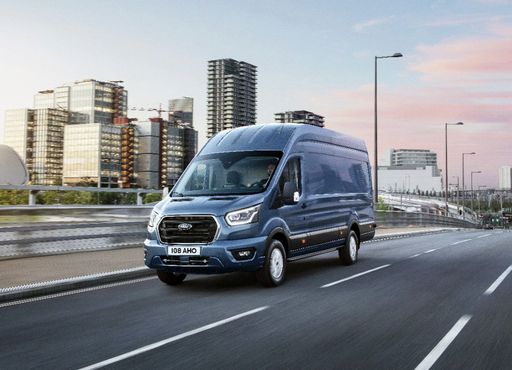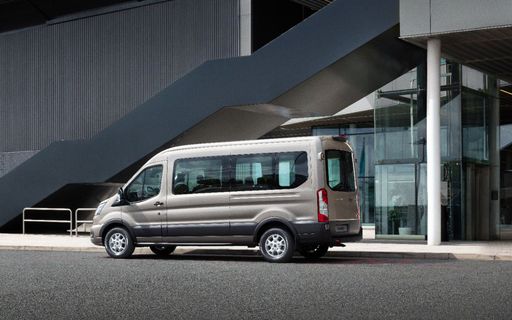Battle of the Vans: Ford Transit vs. Renault Master
In the bustling world of cargo vans, the Ford Transit and Renault Master are titans, each bringing their unique blend of engineering and innovation to the table. As the debate rages on over which transporter reigns supreme, let's delve into the technical aspects and recent innovations of these two impressive vehicles.



